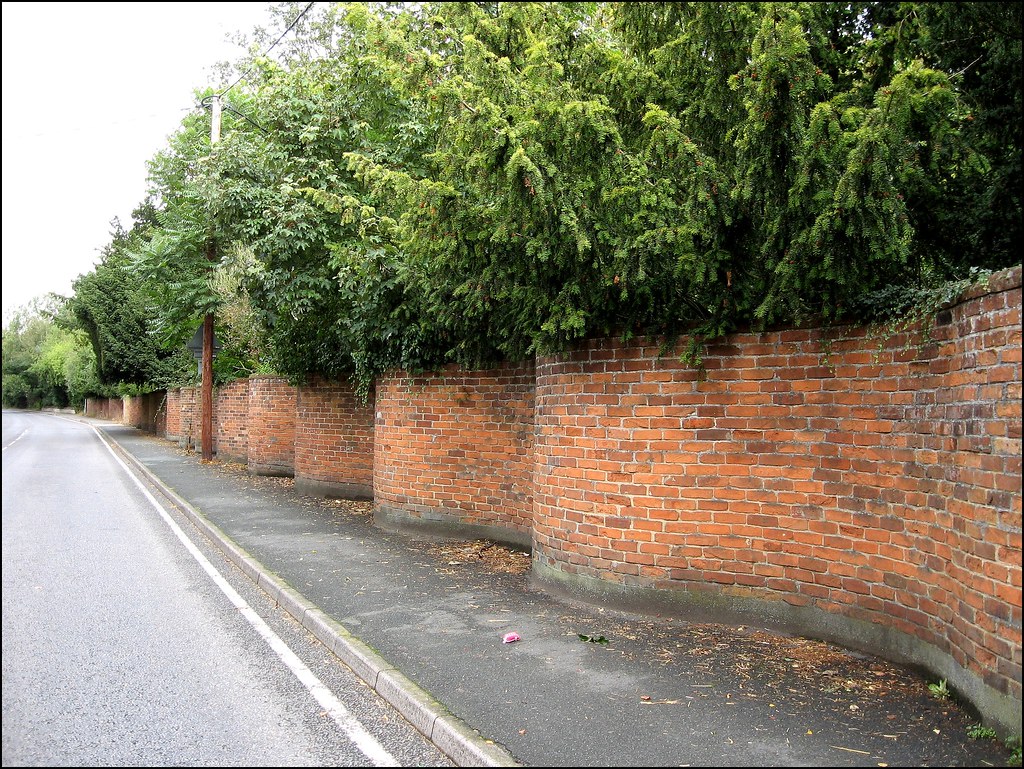A crinkle-crankle wall is an unusual type of garden wall found in the East Anglia region of east England, but popular mostly in the county of Suffolk.
A crinkle-crankle wall is wavy with alternating convex and concave curves like a sinusoid. While this might seem like an unnecessary wastage of bricks, it actually is not. A straight wall requires buttresses in order to make it stand, which can either be provided by a wide footing or supporting posts every few meters. But when the wall is made curvy, the sinuous shape prevents the wall from toppling over without the need for buttressing even if the wall is only one brick thin.

A Crinkle crankle wall. Photo credit: Esther Simpson/Flickr
The first walls started appearing in East Anglia in the 17th century, when Dutch engineers were draining the marshes of the fen country and brick-based architecture was becoming fashionable. These high walls were particularly well suited to the exposed weather conditions of East Angelia, where the ground was soggy, wet and unstable. Many of these grand walls are up to 50 bricks high. For decoration, some have a three- brick, herringbone patterned footing, while others are capped by half bricks or rounds in a contrasting colour.
A welcome side effect of these walls is that they have proved ideal for growing fruit trees. The concavities provide warmth from the sun, and shelter from the wind for early flowering pip fruits. To take advantage of this feature, many garden walls were aligned east-west, so that one side faced south to catch the warming sun and were used for growing fruits.
Suffolk-resident Ed Broom lists over one hundred examples in his county, at least of which are listed to at least Grade II standard.

















Comments
Post a Comment